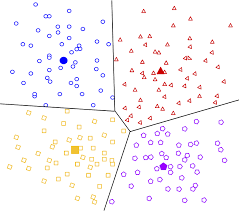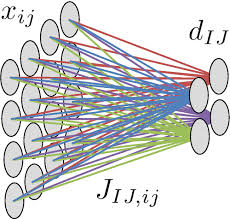Is your process automation actually holding you back?
While your competitors are scaling RPA, embracing domain-driven design (DDD), and building cloud-native microservices, many organizations still rely on a centralized BPMN engine—often built around platforms like Camunda 7—to orchestrate their business workflows.
At first glance, this setup looks efficient: a single source of process truth, one engine to manage approvals, tasks, and decisions across departments.
But here’s the hard truth: Your BPMN monolith might be the biggest threat to your transformation ambitions.
And in today’s market, slow is not just inconvenient. It’s existential.
The Hidden Risk of BPMN Monoliths in a Bounded Context World
In traditional setups, a BPM engine like Camunda 7 becomes the beating heart of your automation stack. All workflows—customer onboarding, billing, compliance, HR, logistics—are modelled and deployed within a central engine.
But this architecture violates modern software principles, especially in environments adopting bounded contexts from DDD. Here’s why:
- Cross-context contamination: One process model tries to coordinate multiple business domains, blending languages, policies, and rules. This leads to bloated diagrams, brittle handoffs, and misaligned accountability.
- Centralized friction: Even a minor change—say, tweaking a sales approval step—means redeploying the entire BPM layer. Teams are forced into synchronous deployment cycles, completely at odds with microservice agility.
- RPA integration bottlenecks: Your RPA bots, which are supposed to boost efficiency, now depend on this centralized model. The BPMN engine becomes a middleware gatekeeper, slowing down the very automation it was meant to accelerate.
- Semantic dilution: Business terms lose precision. A “verification” task might mean one thing to risk, another to onboarding—and BPMN tries to harmonize it all in one flow, introducing ambiguity instead of clarity.
Imagine Process Automation That Moves with Your Business, Not Against It
What if automation truly followed the contours of your business domains?
What if RPA bots could operate within domain-specific workflows—not orchestrated top-down, but choreographed bottom-up?
This is what leading organizations are doing right now:
• Decentralizing orchestration by embedding lightweight BPMN engines (like Zeebe, Camunda 8, or Temporal) within each microservice or domain.
• Allowing RPA bots to listen for domain events and act accordingly, rather than waiting for command-and-control logic from a central monolith.
• Designing BPMN models that reflect the language and structure of each bounded context—sales, finance, logistics—not one homogenized workflow.
Don’t Let Yesterday’s Architecture Block Tomorrow’s Scale
If you’re still using a central BPMN engine like Camunda 7 to orchestrate cross-functional workflows, you’re not just building slower—you’re exposing your entire system to fragility, inefficiency, and change paralysis.
Meanwhile, forward-looking teams are:
• Replacing BPMN monoliths with domain-embedded automation
• Aligning RPA bots with microservice-driven events, not centralized decisions
• Using DDD to anchor automation in business meaning—not just process flow
The shift is already underway. The organizations who recognize this aren’t just future-ready—they’re already outpacing you.
Ask yourself: Is your automation stack helping you innovate—or anchoring your teams in legacy thinking?
Your BPMN monolith may feel like control—but it’s costing you agility, scale, and competitive edge.
How open-minded are you to letting go of the center—and building from the domain out?
Read more:
When Tools Fail: Why Choosing the Right BPM Software is Critical








